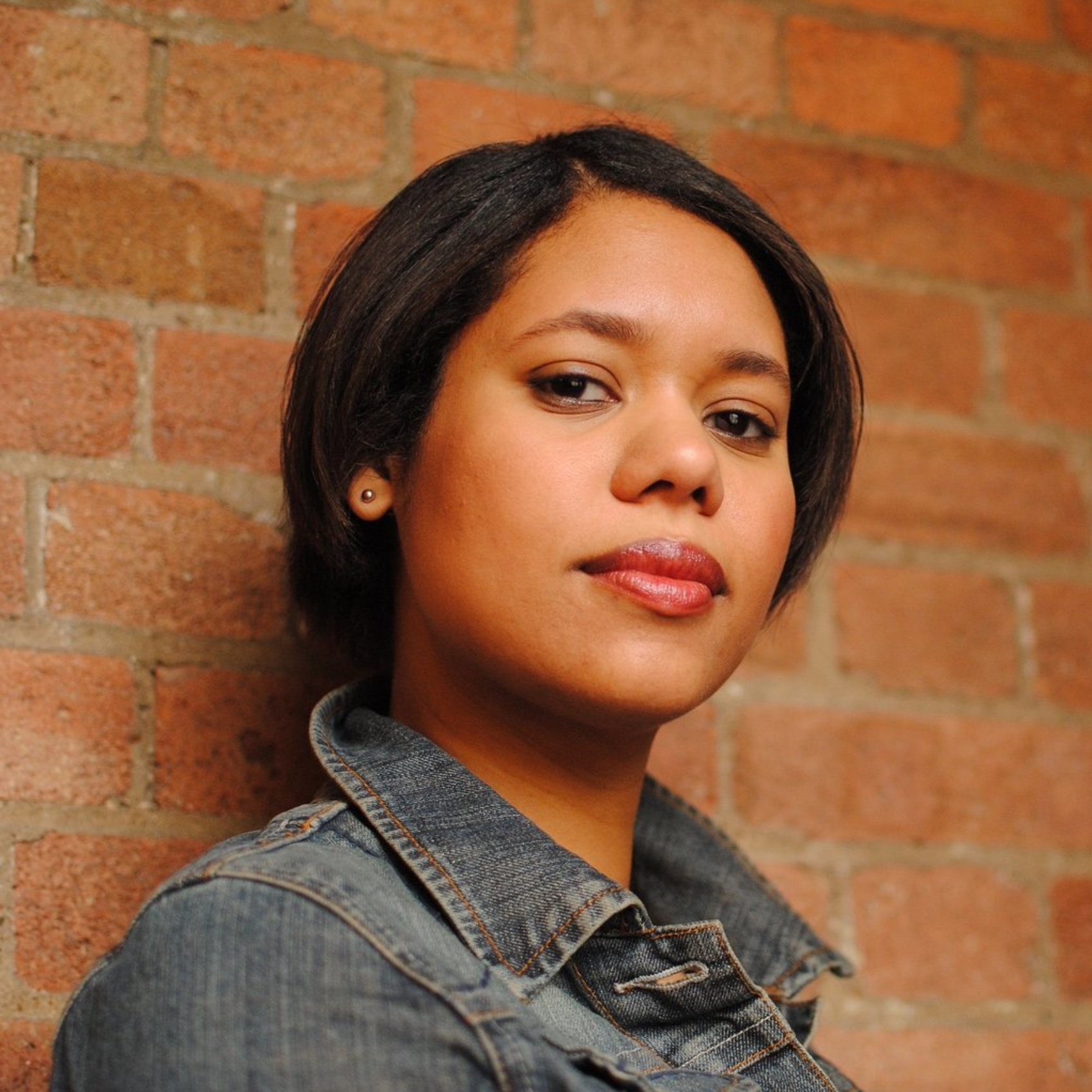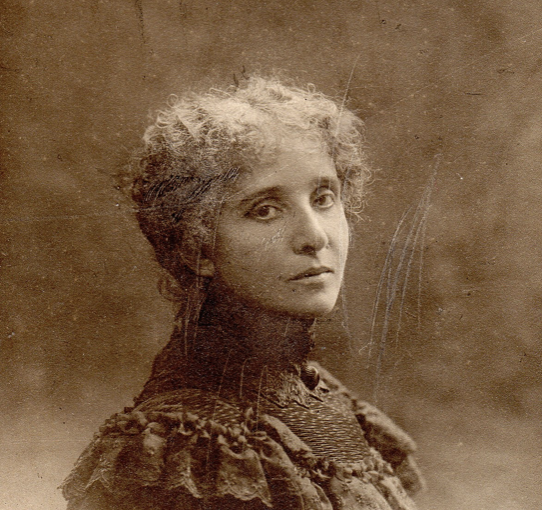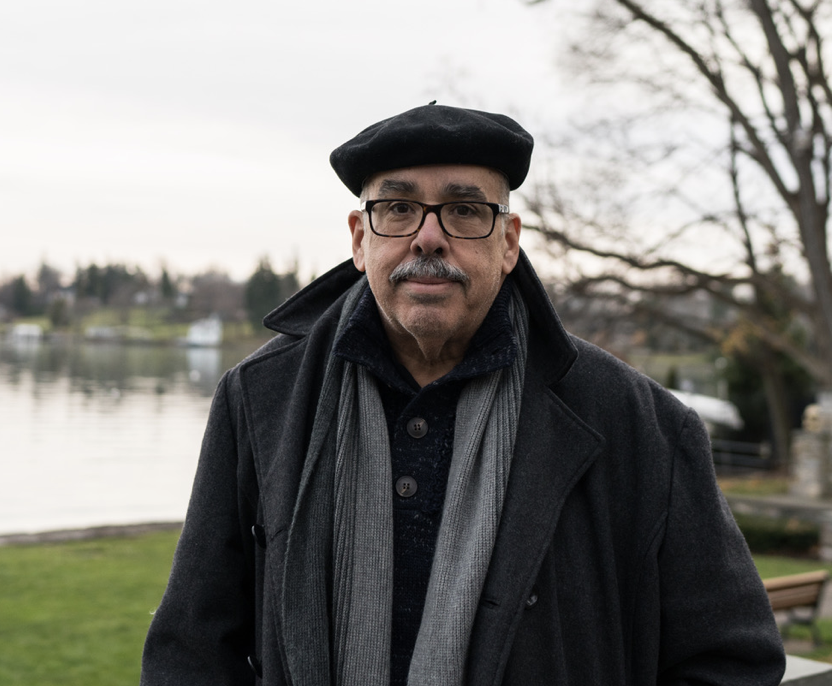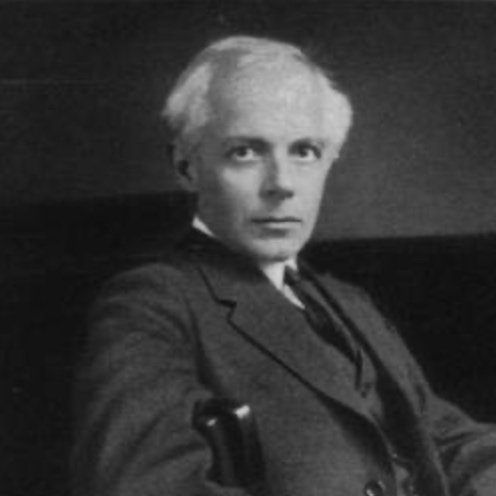SPRING CONCERT
Spring Contrasts
The contrasting timbres of the violin, clarinet, and piano bring to life a vibrant variety of musical imaginations in this program of rhythmic vitality and melodic invention.
Program includes:
Béla Bartók - Contrasts
Mel Bonis - Suite en Trio, Op. 59
Hannah Kendall - Processional
Kevin Day - Unquiet Waters
Roberto Sierra - from Cinco Bocetos: Canción de la Montaña & Canción del Campo
Roberto Sierra - Sonata for Violin and Piano (Mvt. 1)
Artists
Liana Bérubé, violin
Jeff Anderle, clarinet
Allegra Chapman, piano
Meet the composers
-
Béla Bartók - Contrasts
Béla Bartók (1881-1945) was a Hungarian composer and pianist who shaped the future of instrumental music with an eye on the past. As several emerging compositional techniques, such as Arnold Schoenberg’s twelve-tone method, marked a historic departure from classical tonality, Bartók’s employment of traditional folk influences represented a separate but equally important departure: one that did not banish tonality but rather reimagined it by acknowledging and embracing the many and varied ways in which tonality operates across cultures. Known as the father of ethnomusicology (the study of music in social and cultural contexts), Bartók would take time away from composing for as long as two years at a time in order to research and catalog folk music. Armed with a phonograph and the support of fellow composer Zoltán Kodály, Bartók acquainted himself with the folk music of Bulgaria, Moldavia, Turkey, his homeland of Hungary, and many others. Bartók not only embraced the features of various folk traditions within his own music but also experimented with the emerging techniques of other popular composers of the time — among them Henry Cowell’s “tone cluster” (a chord created from a set of adjacent tones within a scale) and Franz Liszt’s “tone poem.” Bartók even implemented Schoenberg’s twelve-tone technique in his Second Violin Concerto just to prove to Schoenberg that “one can use all twelve tones and still remain tonal.”
Bartók’s Contrasts for violin, clarinet, and piano was commissioned in 1938 by “King of Swing” clarinetist Benny Goodman with support from violin virtuoso Joseph Szigeti. Aptly naming the piece Contrasts, Bartók saw the commission as an opportunity to showcase not only the distinctive timbres of the clarinet and the violin but also their wildly unique capabilities when in the capable hands of musicians like Goodman and Szigeti. The violin and clarinet take the lead in the piece, conversing back and forth throughout, alternating solos and each taking on their own virtuosic cadenza. The piano part, which Bartók would perform at the piece’s premiere, is decidedly less prevalent, meant simply to accompany and color the original performances by Goodman and Szigeti. True to Bartók’s compositional interests, the piece is based on Hungarian and Romanian dance melodies and draws heavily from these folk influences throughout.
The piece begins with Verbunkos, inspired by a Hungarian recruiting dance — originally with the function of recruiting soldiers into the Austro-Hungarian army but later popularized by Romani musicians. Seamlessly transitioning between rapid and contemplative sections, the movement maintains a particular tension that keeps the listener guessing as to what may come next while drawing on timbre and theme to preserve cohesion. Slowing down with the middle movement, Pihenö, Bartók evokes a sense of mystery and tranquility with all of the “eerie dissonances” and “lonely melodies” he attributes to his extensive catalog of “night music.” Despite the movement’s name, which means “rest” or “relaxation,” the movement is strewn with moments that seem to intentionally jar its listener to wakefulness. The final movement, Sebes, is built largely on asymmetrical meters often found in Bulgarian music. Swiftly moving through virtuosic passages with sharp intensity, this bold and innovative music is clearly the work of such a composer as Bartók: ravenous in his learning, eclectic in his influences, resounding in his legacy.
— Emily Thomas
Mel Bonis - Suite en Trio, Op. 59
Mel Bonis (1858-1937) — born Mélanie Hélène Bonis — was a French Romantic composer whose work would go largely unrecognized during her lifetime. Even in her childhood, Bonis had to fight for her entry into the world of composition. Her parents objected to her pursuit of a career in music; Bonis had to teach herself to play piano, and, when she showed immense promise in her early teenage years, it was a professor who convinced her parents to let her study at the Conservatoire, and it was her mentor César Franck who paid her tuition. While at the Conservatoire, Bonis made great strides in her compositional technique, attending classes in harmony, accompaniment, and composition — her classmates the likes of Claude Debussy and Gabriel Pierné. Because she had developed a romantic interest in fellow-student Ameédé Landély Hettich, though, Bonis’s parents withdrew her from the Conservatoire. They arranged immediately for her to marry a businessman who was not only twice Bonis’s age but was also unsupportive of her musical endeavors. Bonis became unwillingly engrossed in a life of domesticity.
In a chance encounter many years later, Hettich encouraged Bonis to continue composing and introduced her to major publishers in the music industry. Her passion for music reignited, Bonis decided to devote the rest of her life to composition despite the ties which threatened to confine her to the domestic sphere. She was highly productive through the 1890s and enjoyed a brief flurry of recognition: During this time, Bonis received praise from her peers the likes of Saint-Saëns, earned admission into the Société des compositeurs de musique, and advocated for the publication of her works in France. It was at this time that she wrote her Suite en Trio, Op. 59.
Composed in 1903 and known affectionately by Bonis as Mon Petit Trio (“My Little Trio”), the Suite en Trio was originally composed for flute, violin, and piano. Rooted in traditional classical forms and tonalities, the Suite en Trio was one of Bonis’s first popular pieces of chamber music. The piece opens with Sérénade, bittersweet and tender, the melody passed gently between the instruments. At times, the piano seems almost to imitate a guitar accompaniment, calling to mind the simple yet short-lived days of Bonis’s youth in which she would make songs of Hettich’s poetry, setting the words to music between classes. The second movement, Pastorale, evokes the beauty and wonder of a natural landscape and the inclination to slow and linger in such a place. The instruments are held in a warm balance, melodies dancing between them as if directed by a gentle breeze. Concluding with Scherzo, the music takes on a playful character, navigating through several tempo changes before arriving at a triumphant finale.
Though Bonis spent the rest of her life composing, her work mostly descended into obscurity following World War I. It was not until recently that her work has regained its place in the spotlight — refusing, like Bonis, to be silenced.
— Emily Thomas
Roberto Sierra - Sonata for Violin and Piano
The Sonata for Violin and Piano was first performed by Renée Jolles and Joel Sachs. It is part of a series of compositions – for solo instruments, chamber ensembles, and orchestra – from the past decade, in which I have reexamined the concept of sonata form. The first movement is based loosely on a Mahlerian model; rather than exploring thematic material in relationships regulated by tonal areas, this sonata unfolds with themes that resemble more the characters in a novel. They enter the narrative and follow their own development and path (as a character in a novel would do).
The four movements differ in mood, tempo, and character. The first represents the introduction of the “sonata idea” with highly contrasting sections that follow a traditional exposition–development–recapitulation scheme. The second, a mercurial scherzo, leads to a slow expressive movement, reminiscent of an ancient folk tune that is used in a narrative manner associated with a literary work that invites the listener/reader to go beyond the written text. The sonata closes with the rhythms of a truncated clave [rhythmic pattern], pointing to its Caribbean essence.
— Roberto Sierra
Roberto Sierra - Cinco Bocetos
Composed in 1984, Cinco Bocetos (“Five Sketches”) is a series of character pieces for solo clarinet. The movements are, in Sierra’s own words, “vignettes depicting memories from the rural setting of Puerto Rico, as [he] remember[s] it from [his] childhood.” Written without explicit mention of meter, the piece maintains its Caribbean- and folk-inspired rhythmic character while inviting the performer to engage creatively with the music on the page.
Tonight’s performance will feature two of the five sketches. Canción del campo (“Field Song”) derives its character from the simplicity and beauty of rural life. The timbrally-unique high and low registers of the clarinet are strategically employed so that a distinct melody and bassline begin to emerge. This jaunty sense of polyphony contributes to the playful and lilting nature of the movement. Canción de la montaña (“Mountain Song”) also takes advantage of the high and low registers of the clarinet; in this case, the soaring melodic line takes center stage, rising and falling in illustrative contours reminiscent of peaks and valleys. The movement navigates the range of the clarinet’s expressive capabilities, evoking a sense of childlike adventure and awe.
— Emily Thomas
Hannah Kendall - Processional
Processional is inspired by, and takes its name from Norman Lewis’ artwork (1965), which is an abstract representation of the 1965 Selma to Montgomery March. Lewis slowly conveys the energy of the march through a series of white strokes, depicting those processing, within a central widening band; like a beam of light, as the procession grows in length and number. I was drawn to the simplistic, yet intricate beauty of Lewis’ piece, and its capability to powerfully embody such a significant moment in history. I also thought it apt that the title indicates continued processing, marching and protesting; that Lewis’ work is still very much relevant in the present day.
My musical representation starts slowly and quietly high in the piano’s register, steadily leading to gentle undulating and repetitive rhythms, which gradually builds in intensity to a forceful and driving section. The piece ebbs and flows in urgency in this way between contrasting bolder, and more delicate material; almost always constructed of free-flowing lines to reflect Lewis’ blurred white strokes. The work unrelentingly culminates to its final peak, punctuated by strong chords in the bass line. It returns to a remote fluidity, ending on a soft flourish as the procession continues into the distance.
— Hannah Kendall
Kevin Day - Unquiet Waters
Unquiet Waters is a three-movement musical depiction of the “waters of our mind.” This is the second composition of mine that deals with this idea and is inspired by a quote by Prasad Mahes.
“The mind is like water. When it’s turbulent, it’s difficult to see.
When it’s calm, everything becomes clear.”
The movement titles are different states of mind that we all deal with in some way.
fast, turbulent
still
disturbedI often find it difficult to focus or to still my mind, being that life has become increasingly busier and more chaotic. The chaotic moments in the music drift in and out of the calmness, as I search more and more for mental clarity and peace of mind.
— Kevin Day
-
-
>> VACCINATION & MASK POLICY
Proof of COVID-19 vaccination and masking are no longer required at these venues.
Image credit: Copyright Adrian Arias, used by permission of Artist. Adrian Arias is a visual artist, poet, performer, curator, activist, and cultural promoter, who brings together multidisciplinary artists to engage in community projects with messages of social justice, racial equality, climate change, peace, beauty, health, and hope in the San Francisco Bay Area.The banner image is a detail of Yellow Flower.
Saturday, June 7, 2025, 7:30 PM
Piedmont Center for the Arts
801 Magnolia Avenue
Piedmont, CA 94611
Monday, June 9, 2025, 7:30 PM
Noe Valley Ministry
1021 Sanchez Street
San Francisco, CA 94114














